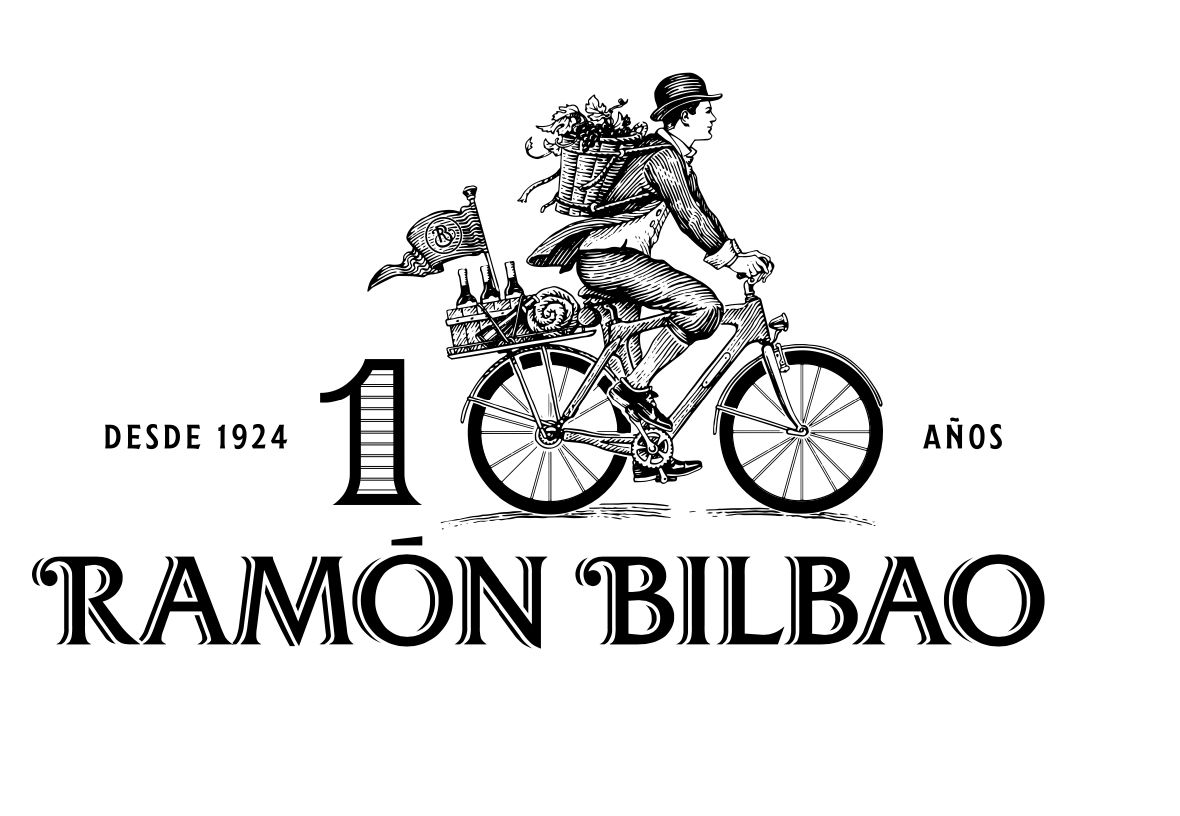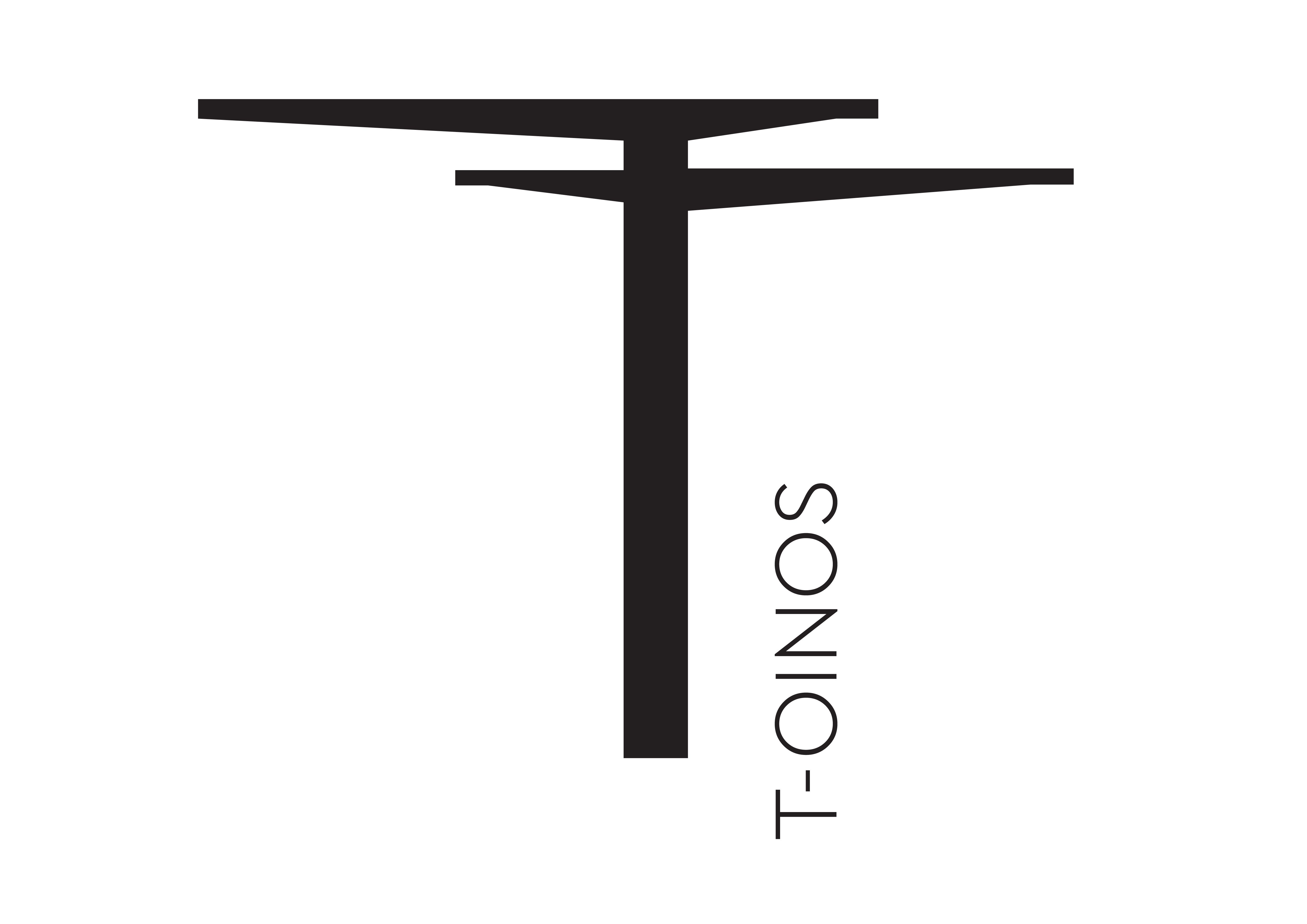It’s the killer interview question. Where do you want to be in five years time? But for Rupert Lovie it is the question that all ambitious English wine producers need to come up with a cunning plan for if they are to ride the current wave of success in the English, and in particular, sparkling wine sector.
‘Prudence vendanges!’ is a pretty common sign around the vineyards of Champagne as summer gives way to autumn.But how long will it be before we see the equivalent warnings on the verges of British roadsides and just how ‘prudent’ is the recent rush to establish Champagne varieties in this ‘green and pleasant’ land?
Perhaps the two most significant stories in recent UK viticultural development have been the planting of Rathfinny Wine Estate (set to be the biggest in UK) and the investment of Champagne Taittinger in Domaine Evremond in Kent (the first by a Champagne house).Both of these projects are building on the solid foundation of quality sparkling wine established over the last 20 or more years from Kent and Sussex to Cornwall and the Vale of Glamorgan.
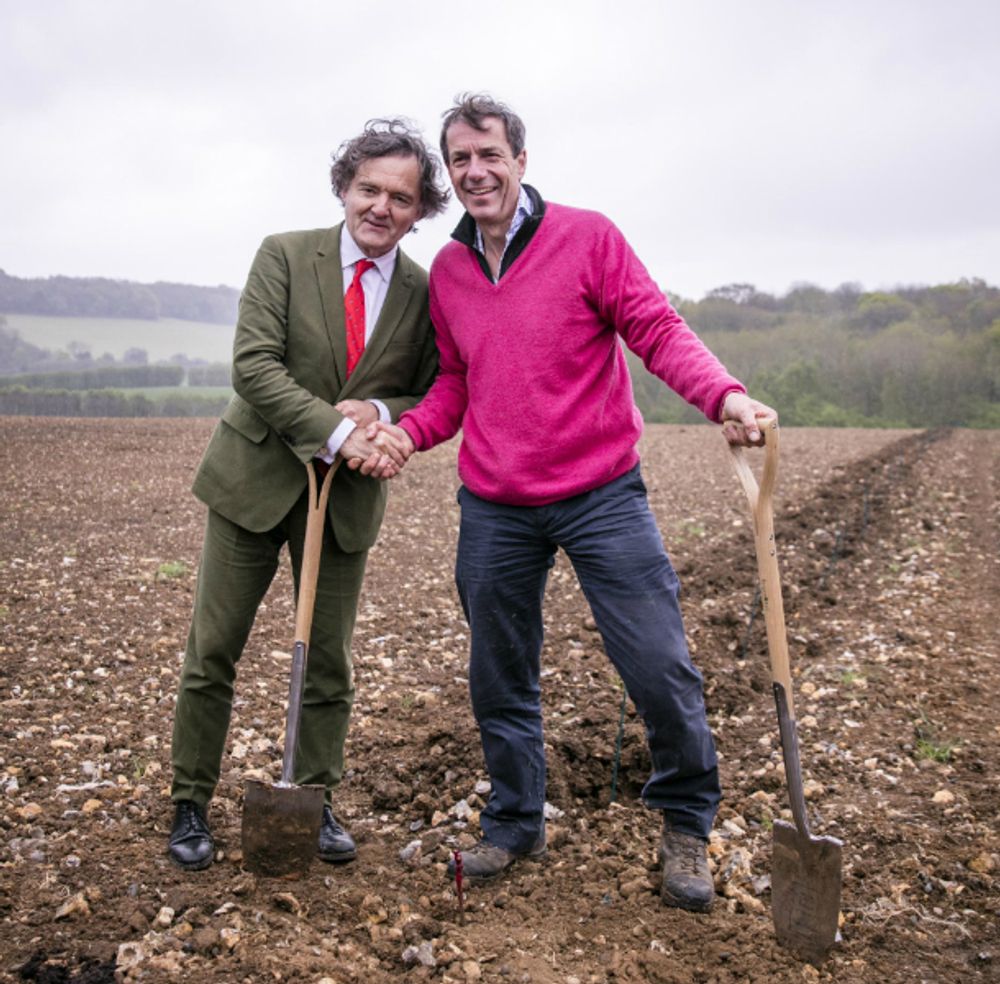
Pierre-Emmanuel Taittinger and Hatch Mansfield’s Patrick McGrath planting the first vines at Domaine Evremond
However, with total hectares in production effectively trebling from 697 in 2007 to over 2,000 today*, the questions of distribution, pricing and of course consumer recognition and acceptance have to be asked.Clearly production is on the up, but what is the strategy for British sparkling wine and what should the message be to both trade and the consumer?
Distribution strategies do vary significantly by winery as you might expect.Camel Valley sees only about 5% of production exported, for example, while for Hattingley Valley the figure is about one third.Domestically, however, the focus is more unwavering as Simon Robinson, owner and chairman at Hattingley states: “Our focus is on-trade and independent retail and shall remain that way for the foreseeable future.”
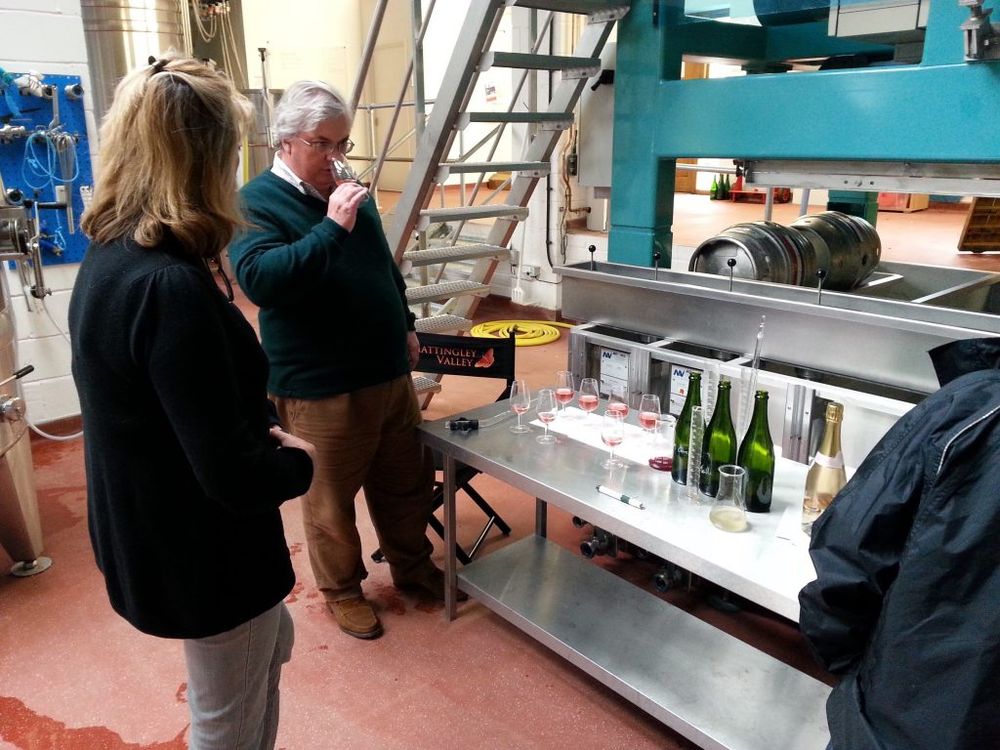
Hattingley’s Simon Robinson assessing the latest blend
Others see the split evolving to a more evenly balanced position, but this would be a result of increased production rather than a lack of faith in the channel. If the spectre of Brexit does cause a domestic hiccup due to reduced consumer spending, at least prices are likely to be less volatile than imported wines, and currency could, of course, help exports if the pound remains depressed.
All about quality
The question of a key message to sommeliers and the trade reveals a similar solidarity amongst producers and one word, repeated like a political mantra: quality.Lynn Murray at Hatch Mansfield (joint venture partner with Champagne Taittinger in the Domaine Evremond project) succinctly sums this up: “It is a young, vibrant, growing industry producing some great quality wines and a sector with significant consumer interest. It should be a must stock for any quality operator.”Robinson is in a position to go further, “try it by the glass and get behind it, offer it instead of a house Champagne and get the staff to support it as well”.
Pricewise one feels, producers will have to be sensitive to competition as many agents, distributors and wholesalers will also have Champagne and other premium sparkling wines to sell.Mardi Roberts, marketing and communications director at Ridgeview is very comfortable with their position on a list. “We sit very nicely above entry level sparkling wines such as Cava and Prosecco and often just under Champagne. This is an excellent spot from which province of the wines can be emphasised as English and our reputation as global award winners highlights English sparkling wine as representing great value.”
The geographical advantage of domestic production is also a competitive advantage not to be overlooked.Tori Eeles, head of brand management at Liberty Wines, suggests that “the ease of visiting producers has helped our customers learn more about the wines, which, in turn, has made them much more interested in selling them”.
Generating consumer ‘pull’
So the ‘push’ to the trade seems to be joined up and cohesive but what about creating ‘pull’ from the consumer?There has been much debate over a catchy (and catch-all) term for domestic sparkling wine and I sense the producers are slightly exasperated that the discussion still rumbles on.

Rathfinny’s Mark Driver believes having a sparkling wine from Sussex stands out more than just being labelled as ‘English’
Mark Driver, co-founder of Rathfinny is not a fan of the US coined term ‘British Fizz’ and would rather see a focus on regionality. “Our wines come from Sussex, England. We produce ‘Sussex’ Sparkling wine, which is now governed by a strict wine scheme which ensures that only the best wines can be labelled as Sussex wine”.
This is one step further than many others who see ‘England’ as the descriptor of choice.Robinson, however, sees the brands leading the way: “We will be producer driven rather than category driven. The volumes are small and it will be dominated to an extent by the largest producers for the next 10 years. The UK consumer will hopefully know Nyetimber, Chapel Down, Ridgeview, Gusbourne and Hattingley Valley in the next three to four years if they don’t already.”
Having recently won ‘World Champion Blanc de Blancs’ at the Champagne & Sparkling Wine World Championships, Hattingley is well positioned to make this happen but that is just the latest in a string of impressive awards won by English and UK producers, large and small.This has been a proven success story for 20 years or more.
Next five years
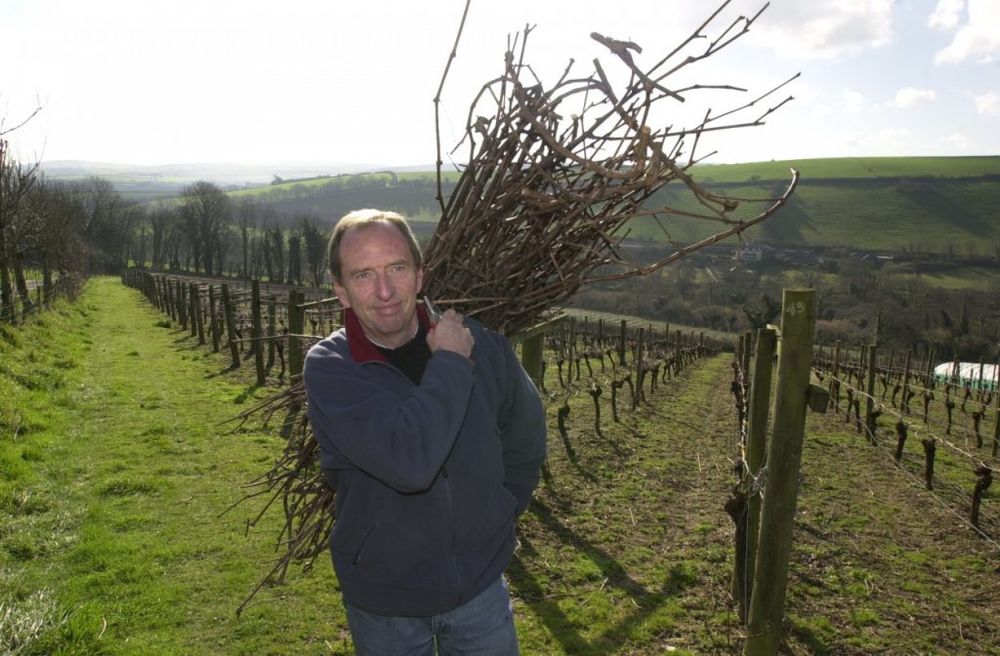
Bob Lindo at Camel Valley is happy just taking every day as it comes rather than have a cunning five year plan
It is difficult, however, to tie producers down to a more strategic view or a five year plan. After all production in this part of the wine world can vary dramatically from vintage to vintage and many are family start-up ventures, happy to grow organically with the market.
Certainly Bob Lindo at Camel Valley sees it this way.His five year plan is simply: “To be here and to be happy. We don’t work in a corporate way. In all seriousness, we don’t have a plan, we just get up and enjoy each day as it comes.”
As the industry grows up there are ways and means to at least mitigate some of the environmental threats to quality and consistency.Eeles points out that “estates such as Nyetimber are now building up their reserve wines, allowing the production of non-vintage wines”.
A focus on cellar door sales and local on-trade for the smaller producers, combined with national wholesale partners for the larger ones, has certainly worked to date.Not surprisingly the trade and informed consumers have been happy to get behind a domestic success story as well.There is a potential dark cloud on the horizon, though, as an imminent stage in the evolution of the category will be deflationary pressure on price whether it’s due to large vintages, economies of scale by new and larger producers, or cash flow problems.
The trade and the English Wine Producers generic body must ensure this does not result in large scale devaluation.As Jamie Avenall, buyer of English wine at Conviviality puts it: “Maintaining the premium position and perception as volume grows is going to be important for the long term future of the category”.
Steps for profitable growth
I can therefore see several steps to sustainable and profitable growth;
- Protection of quality and provenance – the newly amalgamated UK Wine Producers and their predecessors have already done much here with their PDO and PDI registrations.
- Move from a production led approach to a consistently market led approach as scale increases.
- Continued development of recognisable, aspirational brands which will help points 1 and 2 as well as raise consumer awareness.
- Drive profitable export markets.
- Continue to develop tertiary activities such as wine tourism including hospitality to raise the profile of domestic production – an emotional engagement with the consumer and a competitive advantage versus overseas producers.
In many regards, there is a lot to be learned from the Champenois who have succeeded in creating an aspirational, lifestyle brand image.Admittedly this has evolved over centuries to a position where growers, small producers, coops and Grande Marques can co-exist in (relative!) harmony, but it is one to aspire to.There should always be a place for this co-existence as, after all, English sparkling wine owes its existence to the passionate and entrepreneurial trailblazers.
So perhaps the last word on this should go to Lindo and his vision: “Make the best wine that you can, win stuff and be happy!”If that doesn’t add a bit of spritz to your day, surely nothing will!
*Figures from English Wine Producers include all styles but sparkling wine has exceeded still since 2010 and now accounts for approx. 66% production.
- Rupert Lovie has 20 years experience in the wine trade, managing premium brands across multiple channels. He is currently working freelance, advising wineries looking for the best route to market in the UK. You can contact him at email rupertlovie@hotmail.co.uk or at Linked-in here.




























